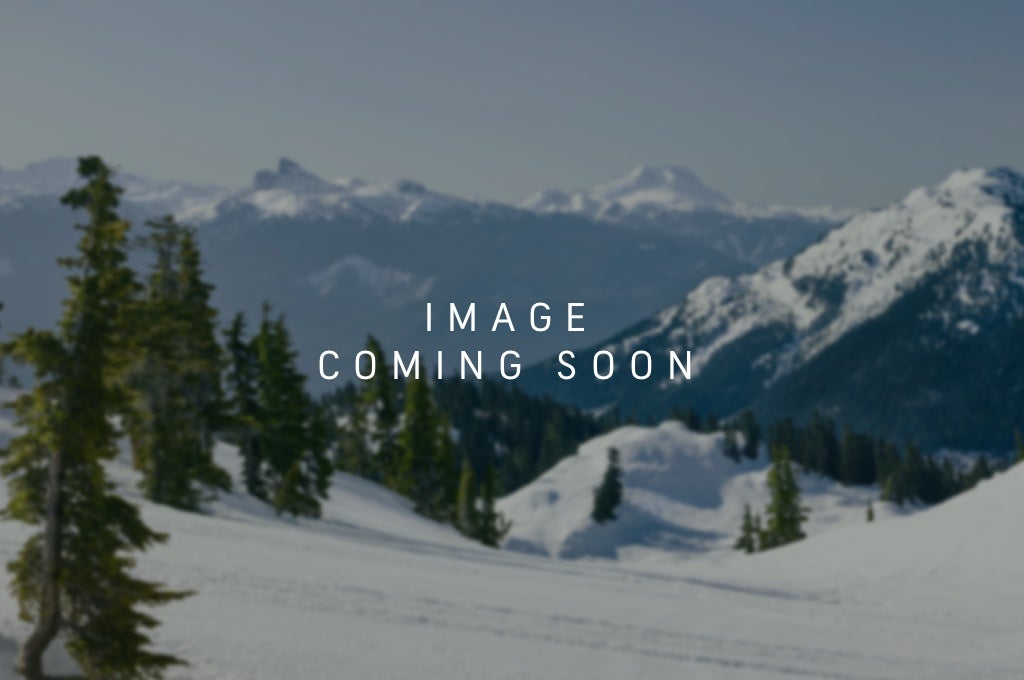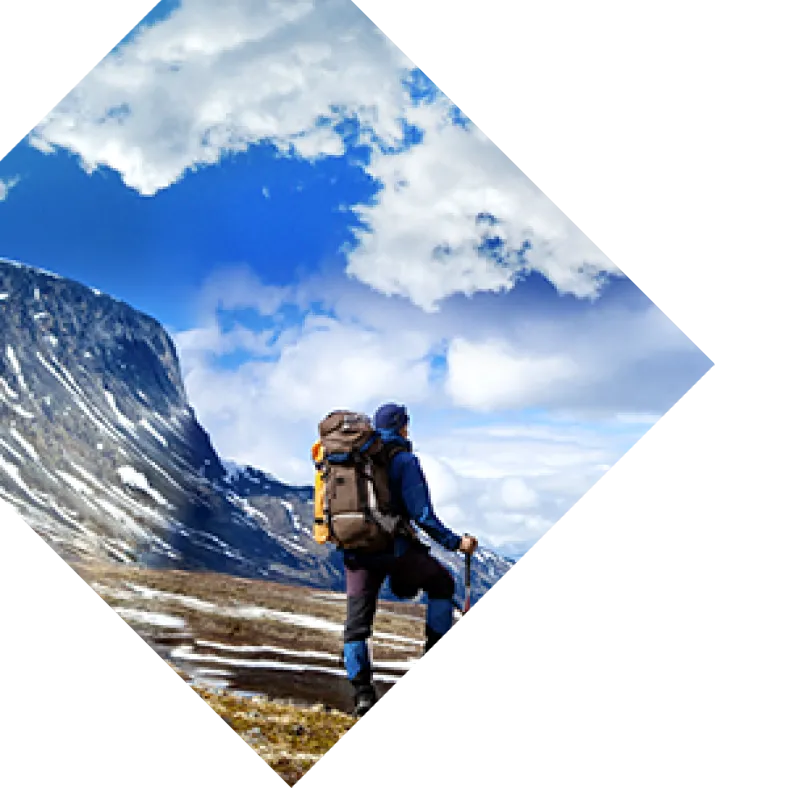On a multi-day climbing trip, my favorite part of establishing a base camp is not the beautiful surroundings or the coziness of the tent, the camp meals or the camaraderie. No, it’s not the opportunity for organization or the hope of restful days. My favorite part of setting up base camp is -- wait for it -- the mess. I love the making of the mess, the lounging in the mess, and the messing around in the mess on rest days in camp. I have seen base camps that try to fight the mess. I have seen base camps that try to organize or compartmentalize the mess. However, the mess takes root in all camps, regardless of efforts to subdue it. And my favorite base camps are the ones that embrace the mess, fully and joyfully, allowing it to grow into the beautiful alpine blossoming of fluorescent layers, creature comforts, food treats and techno gadgets that combine to tell a story of rest days and meals spilled over, climbs passed and climbs to come, sunny afternoons followed by evening rains and mad dashes to the tents. When poring over old photographs from expeditions, the ones I stare at the longest are often the photos of camp. Anthropological snapshots of another time, these photos provide clues into the inner lives of those who came before; clues that are otherwise rare in the iconic and often timeless-looking imagery of mountain life. I find myself fascinated to see what objects have stood the test of time: the tin cup, for example, or the frisbee plate. I’m intrigued, too, by what has been replaced; instruments such as the compass and topo maps giving way to the GPS or Spot device. And then of course there are the implements which have reinvented themselves; like a metal spoon turned plastic spork, or a yellow insulated pad turned high-tech Z-rest. Our messes, throughout the years, tell a deep and broad-reaching story that transcends a single moment in time. I often photograph the mess as it evolves over the course of a trip, and those photographs are some of my favorite to look back on. More than curated images from a day of climbing or that spectacular sunset, these are snapshots that tell the larger story of the trip. These photographs are often created in the same spirit of spontaneous chaos from which their subjects—the objects that take part in the mess, that is—have grown. These images are in no way orchestrated or planned, and provide an honest and, at times, raw and unfiltered snapshot that reveals more about the group of people who made the mess than any paragraph of words or portrait could reveal. For example, in a brief game of “I Spy” with this photo, you can deduce around what year it was taken (iPhone model), the time of year (clothing worn and scattered), and the general ethos of our group (note the number of caffeine-filled vessels and word-centric games). You can see that bug spray and sunscreen were items we always had on hand, as well as speakers and sleeping bags for comfort, not warmth. I don’t know about you, but I think this photo has much more of a story to tell than one of my partner climbing up high in the mountains on a rock face. Try it, you might like it: on your next trip, embrace the mess, photograph it, and let those images tell your story. Just clean it up when you’re all through!  Objects pictured here:
Objects pictured here:
- Discarded socks
- Insulated pad turned scrabble board
- 4 drinking vessels
- Bug spray
- Fancy-pants sunscreen
- Smartphone for looking up words
- Speaker
- Mate tea and gourd
- Two crosswords
- Jackets turned pillows
- Backpacks turned sitting pads





